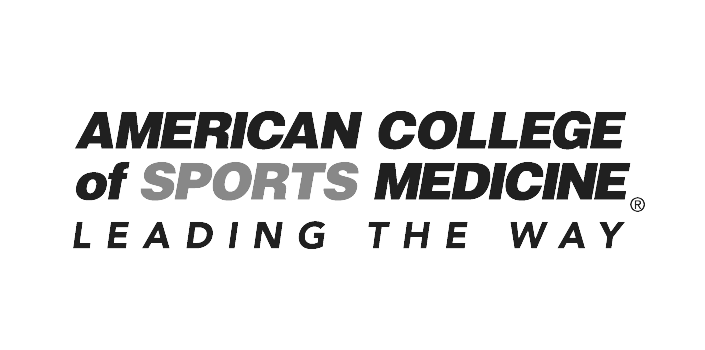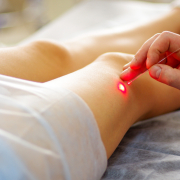What Are Varicose Veins and How to Treat Them
Did you know approximately one out of every three individuals has varicose veins? This prevalence makes varicose veins one of the most common types of venous disease.
Varicose veins area sign that your circulatory system – consisting of the heart, arteries, veins, capillaries, and blood – is not working properly.
Let’s talk about what varicose veins are, available treatment options, and where you can go to get evaluated and treated for varicose veins.
Varicose Veins
Varicose veins are swollen, bulging, and twisted blood vessels that can appear in your legs, ankles, and feet. Varicose veins occur when the walls of your veins weaken and the valves that prevent backflow of blood do not function properly. As a result, blood pools in parts of the vein and forces veins to expand, causing a bulging and twisted appearance under the skin.
While varicose veins are mostly harmless, these can make the affected area unattractive and sometimes painful.
The good news is that there are many effective treatment methods that can get rid of unsightly or bulging varicose veins on your legs or anywhere else on your body.
Treatment Of Varicose Veins
Three E’s
The three E’s are a basic yet effective approach to controlling and treating varicose veins. This includes:
- Elevation – Elevating your leg(s) affected with varicose veins for 15 minutes about three to four times a day can reduce swelling and provide instant relief.
- Exercise – Regular, low-impact exercise like walking, swimming, and bicycling also ease varicose vein symptoms.
- Elastic compression – Elastic compression gently squeezes your veins to prevent bulging and improve blood flow back to your heart.
Sclerotherapy
Varicose veins can also be effectively treated with sclerotherapy – a procedure that involves the administration of sclerosant into your affected vein. The sclerosant (liquid or foam) causes the veins to stick together, turn into scar tissues and disappear over time. This is a safe and effective procedure that can also be performed with the help of an ultrasound.
Endovenous Ablation
This procedure is a more convenient alternative to venous surgery. During endovenous thermal ablation, a catheter is inserted into the varicose vein. The tip of the catheter is heated with either radiofrequency energy or laser energy. The heat safely destroys the vein completely, and over time the treated vein is absorbed by the surrounding tissue and disappears.
Vein Surgery
Also known as ligation and stripping, vein surgery is the most invasive method of treating varicose veins. During vein surgery, large varicose veins are tied off before they join another (deeper) vein, and the large veins are removed through a small cut.
The nearby healthy veins re-establish blood flow where the unhealthy vein was cut out so that only healthy veins and blood flow remain.
Untreated Varicose Veins? Find Treatment in Kansas City
If you leave your varicose vein untreated, chances are high that you may have to face complications like bruising and bleeding, blood clots, skin ulcers, etc. So, it’s in the best of your interest to get the treatment of your varicose veins as early as possible.
At Missouri Vein Specialists in Kansas City, our board-certified vein specialist Dr. Scott Darling and his team evaluate your vein problem, give a diagnosis, and recommend the most effective treatments.
To know more about us or to schedule a consultation with us, call us today at (816) 792-3400 or fill out our online appointment request form. We look forward to serving you!












